In issue – answers to the most important questions: how soon Skynet will begin to take over the planet, how Google hid Intel and how Toshiba suffers.
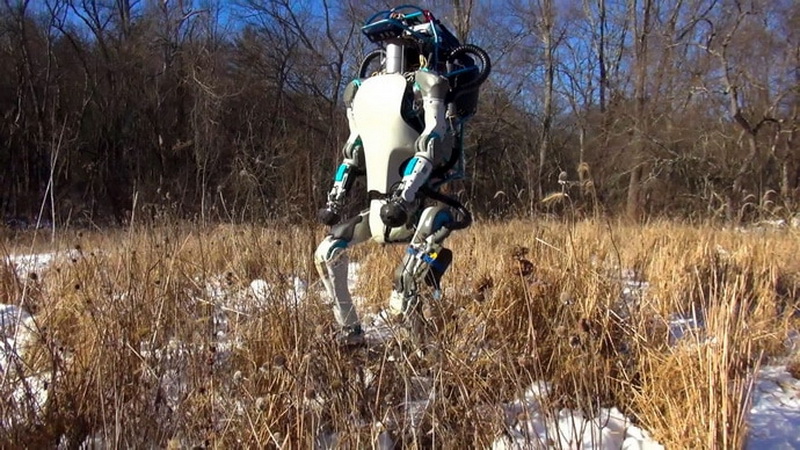
Electronic vision is a new challenge for chip makers.
Neural computing has already appeared in phones, and, not stopping there, chipmakers are making new efforts to bring true electronic vision. What is meant by this definition in this material? Electronic vision (foreign sources 'Vision') is the understanding by the chipset of the information about the surrounding space obtained with the help of cameras, the classification of objects, the processing of information in accordance with the tasks set.
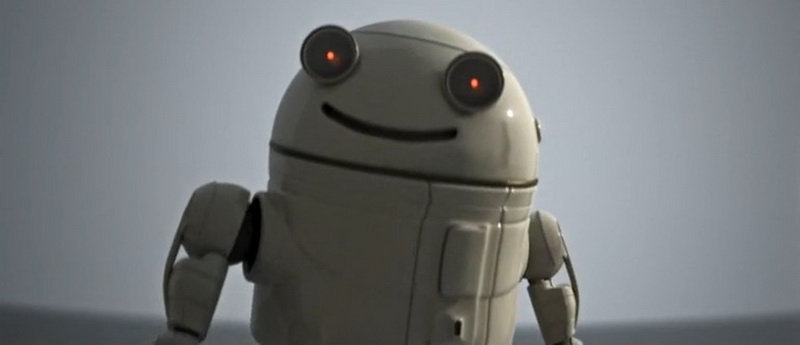
Where can this vision be used? The first thing that comes to mind is the automatic piloting of vehicles. The biggest and dirtiest secret of all major automakers is that with the current approach to solving the issue of electronic vision, computers occupy the entire trunk of a car and hundreds and thousands of watts of energy are burned to perform the simplest driving operations.
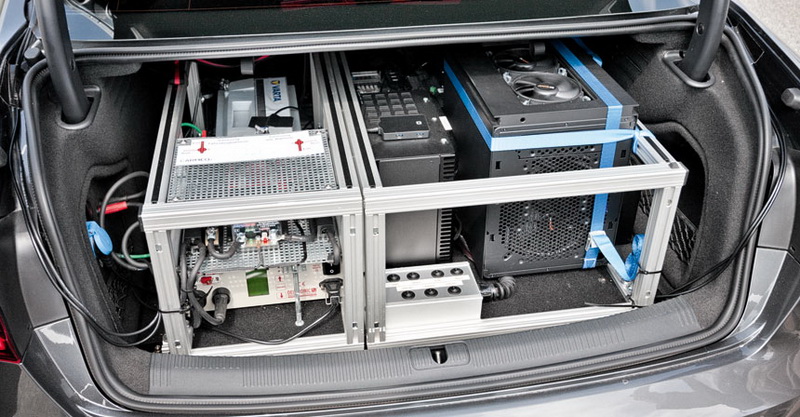
Earlier this month, Nvidia announced the imminent release of the PX Pegasus Platform, a closed-loop device originally designed for intelligent real-time image capture and processing. But even it, according to the senior director of Nvidia Danny Shapiro, is not yet able to realize the dream of an “e-driver”. Due to the fact that previously specialized electronic vision processors did not exist as a species, I propose to call them Vision-chips in Russian reading. The scope of application of Vision-chips is breathtaking: it is robotics, unmanned aerial vehicles, intelligent surveillance cameras, virtual and augmented reality, various new human-machine interfaces. The scale of the development of Vision-chips can be assessed by the statement of the CEO of Cognite Ventures Chris Rowen (Chris Rowen): 'This led to the renovation of chip design by such manufacturers as Cadence (Tensilica), Ceva, Intel (Mobileye), Nvidia and Synopsys, which have to compete with 95 e-vision startups, including 17 startups trying to implement e-vision with neural engines. '
Read more about electronic vision using the example of Cadence
Cadence's Marketing Director Pulin Desai sees three stages in solving the e-vision problem:
1) Obtaining information about the outside world, which is carried out by cameras, radar and lidar, microphones.
2) Pre-processing and post-processing, including noise reduction, image stabilization, HDR, etc. The Tensilica Vision C5 DSP (Digital Signal Processor), originally designed to work as a neural network, is suitable for solving these problems. The filtered and prepared information is transmitted to the neural network.
3) Analysis of information by a neural network that solves the problem of recognizing objects, faces and detecting gestures.

Cadence Demonstrates DSP P6 Neural Network Training (June 10, 2017)
Unfortunately, existing problems do not allow creating a SoC with an embedded neural network for the implementation of full-fledged electronic vision (Vision-chip) before 2020. For four years of development in this area, the requirements for the computing power of the neural network have increased 16 times. At the same time, neural networks must be able to quickly change to suit new applications, so the question of the flexibility of their hardware is acute. DSP Tensilica Vision C5, technically representing a signal processor, is in essence a neural network that has undergone deep machine learning. The number of cores in Vision C5 can be increased indefinitely, i.e. its scalability is absolute, while the chip remains programmable at any level. The result of the training is obvious – according to Cadence, Vision C5, made on the basis of TSMC 16nm process technology and operating at 690 MHz, launches AlexNet 6 times faster (in V3 up to nine times faster), and ResNet50 – 4.5 times faster than any 'commercially available GPUs'. But this is not enough for the implementation of 'electronic vision'. Most likely, the Vision C5 is already used in the Kirin 970, which is installed in the new Huawei Mate 10 and 10 Pro. Otherwise, why would representatives of Cadence constantly mention him on various forums? We don't know for sure, but how would Cadence know that the processing power of this DSP in Kirin 970 is 1.92 teraflops for half the values?
Apple, Rockchip, Ceva, Intel, Synopsys, Google and Qualcomm
Apple The A11 Bionic also has a neural engine implemented as DSP, but the details are unknown. Competitors DSP Ceva-XM Vision (used in the Asus Zenfone 4 line) and Rockchip's RK1608 are already used in camera modules, as well as separate companions for image processing.

Yair Siegel, Marketing Director of Ceva, spoke about the creation of a specialized grid generator that, when used in conjunction with the Ceva Vision hardware accelerator, accelerates the work with the TinyYolo algorithm (real-time object recognition software) 10 times. Intel Nervana Neural Network Processor announced, Synopsys developed EV6x Embedded Vision Processor, Google hints that Visual Core can do more. Qualcomm decided to go the standard way and the problem with the lack of performance of their DSPs will be solved by raising their clock frequency and using memory with low latencies.
Samsung, MediaTek, Xilinix and Amazon
Last Sunday, the Korean industry giant made a generous donation (amount not specified) to Chinese startup DeePhi Tech. The startup site also lists MediaTek, Xilinx and Amazon as partners. DeePhi Tech is dedicated to the development of deep machine learning solutions. Samsung is reportedly interested in a neural network-based AI chipset for wearable devices that allows instant speech recognition, biometric processing, and other recognition tasks on smartphones. The seriousness of the DeePhi Tech project is also evidenced by the fact that this summer they refused to accept financial assistance from the giant Chinese telecom operator (compared to the Russian ones, all Chinese operators are giants) SK Telecom. The reasons for the refusal are not specified, but the fact itself speaks volumes. At the Semiconductor Exhibition 2017, Kim Il-san, Senior Researcher of the LSI Business System at Samsung Electronics, stated that the use of neural networks (AI chips) with deep machine learning is the main development trend of the entire global electronics market.
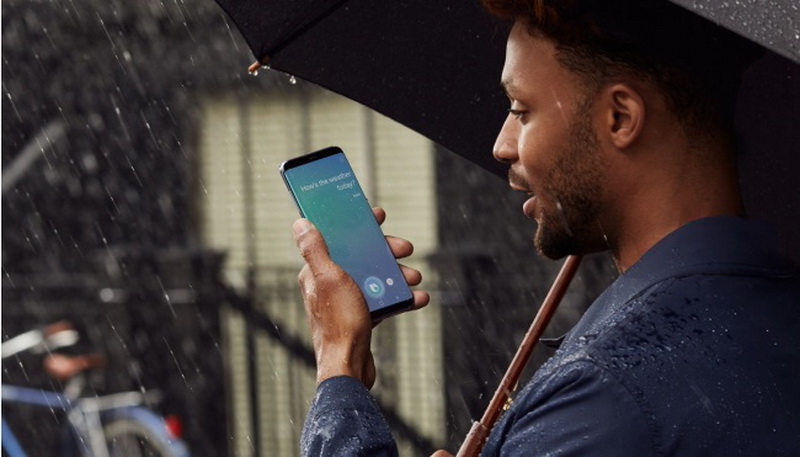
Very soon, Alexa from Amazon will not only understand the owner's speech, but also offer him to remove a speck from his beard.
All of the above gives an understanding of the level at which the development of electronic vision and AI in general is now. Until the future has come and cyborgs have not captured the entire Earth, you can play with ready-made technologies, where the predecessors of neural networks determine the dimensions of a person's head in space, and augmented reality technology hangs ears and horns on him:

Toshiba – the pulse is quieter
As regular Birch readers already know, the once powerful Toshiba is on the verge of bankruptcy. Last year, Western Digital tried to revive it, this year a similar attempt was made by a group of companies led by Bain Capital. Let me remind you that if Toshiba ceases to exist, then this will certainly affect our interests in the form of an abrupt rise in prices for drives of all types, including HDD and SSD. The situation is extremely interesting. The fact is that if the transaction for the purchase of Toshiba assets (flash memory production) by the Bain group does not close by March (the reporting period), then the company will show a negative balance for the second year in a row, i.e., the amount of financial liabilities will exceed the amount of income. And this, in turn, will inevitably lead to the automatic delisting of the company from the Tokyo Stock Exchange. Those. complete and unconditional bankruptcy.
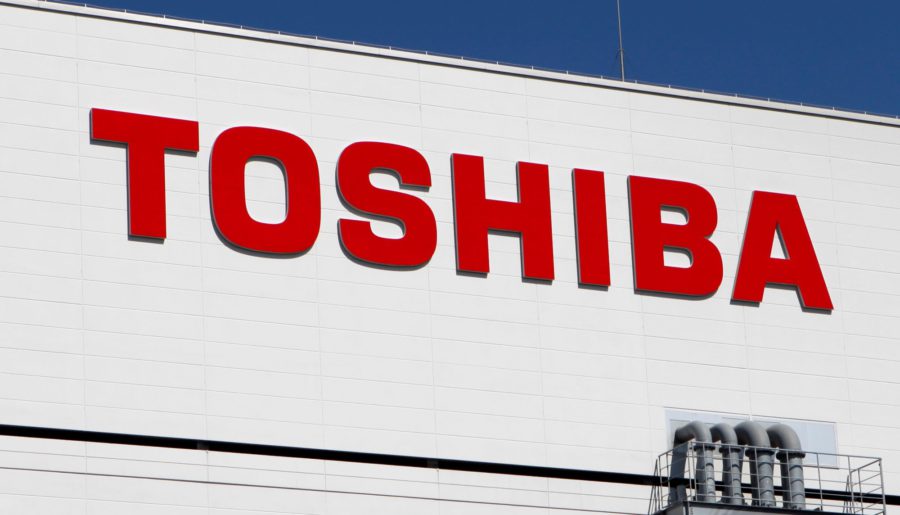
So what's stopping the deal from closing before March? The company Western Digital, which in 2016 bought part of Toshiba, namely the Sandisk company, is interfering, and is now in a state of “they married me without me.” To convince the public and WD that they were right and, so to speak, to establish themselves in the situation, representatives of Bain Capital and Toshiba demonstratively walked through the territory of one of the main factories producing E.MMC memory. But WD insists on arbitration and does not go to out-of-court contacts. It is not surprising, because we are talking about possible losses of tens of billions of dollars. Will Toshiba survive, will find Apple (part of the Bain Capital group) in its person as a 'manual' supplier of components, or will everything be covered with a copper basin, we will find out this spring. On the part of the owner of a classic PC (which requires an upgrade), I would like to note that after the rise in prices for video cards caused by the emergence of cryptocurrencies and the greed of some citizens, such news is perceived very painfully.
Google's Pixel Visual Core ended up suddenly from Intel
Last week, we discussed the unexpected, as hell out of the box, the emergence of a dedicated chip for the HDR camera in Google Pixel 2 and XL smartphones. Last week, photos of the disassembled Pixel 2 XL appeared on the iFixit website, and finally the public saw the Pixel Visual Core as it is (circled in purple in the photo).

The most interesting thing came to light when its serial number SR3HX X726C502 was associated with the brand marking Intel. The suspicions were confirmed by a Google spokesman who responded to an email sent by CNBC. “The company worked on the Pixel Visual Core with Intel, but none of the existing chips have exactly what Google wants for the new Pixel devices,” an anonymous Google spokesman said. Intel did not respond to such a letter.

In addition to last week's news, we can add that Intel and Qualcomm are direct competitors in the development of mobile chipsets. Recently Intel left the world Android, but now Qualcomm has gone on the offensive – by the end of this year there will be laptops and tablets with Qualcomm chipsets, full Windows 10 on board and amazing battery life. Competition is escalating, but has it ever stopped?
